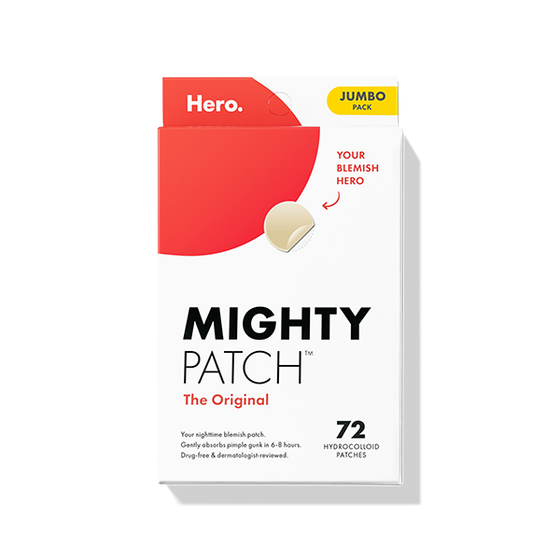
There’s no shortage of articles and research studies about good bacteria and gut health. Now, even cleansers, lotions and supplements are being marketed as “biome-friendly.” But what does that really mean? And how can good bacteria contribute to good skin?
What is the microbiome?
Your bodies is home to trillions of microorganisms known as the microbiome. These include bacteria, fungi, parasites and viruses. In a healthy person, the microorganisms (or microbes) are balanced and coexist peacefully.
The microbiome is primarily concentrated in the small and large intestines (AKA the gut), and plays a very important role in your health by helping to control digestion, immunity and many other bodily functions.
But the microbiome doesn’t stop there. In fact, it is actually considered a supporting organ because it affects so many of the human body’s daily operations, including how your skin looks and feels. The skin microbiome is the ecosystem of microorganisms that live on the skin. Just like the microbes in your gut impact your overall health, the microbes on your skin can protect against skin infection, reduce inflammation and promote the healing of acne or wounds.
How do I keep my microbiome (and skin) at its best?
Here’s where the good bacteria comes in. When you balance good and bad bacteria, your skin acts as a barrier that prevents toxins and pathogens from entering the body. If both your gut and skin are healthy, your body will produce more anti-inflammatory molecules to fight skin conditions such as acne, eczema, psoriasis and rosacea.
RELATED READ: The Gut-Skin Connection
You can boost the amount of good bacteria in your body with:
Probiotics, from foods that naturally consist of good bacteria or from supplements that contain live active bacteria, help to keep the microbiome (in your gut and on your skin) in balance. Yogurt (the kind with active or live cultures) is one of the best sources of probiotics. Other healthy foods that are high in probiotics include kefir, sauerkraut, tempeh, kimchi, miso, kombucha, pickles, traditional buttermilk, and cheese with live active cultures.
Prebiotics, which is the fiber that feeds probiotics, can support the growth of healthy strains of bacteria and increase the diversity of bacteria. Prebiotic fiber can be found in the non-digestible parts of certain foods like bananas, onions, garlic, Jerusalem artichokes, apple skins, chicory root, beans, asparagus and oats.
By increasing your intake of both probiotics and prebiotics, you can improve your gut and skin health. There are also other lifestyle choices that can positively impact your microbiome, including limiting fats and fried foods, avoiding unnecessary antibiotics, exercising, and getting enough sleep.
From the outside in
What about those biome-friendly skincare products? The jury is still out.
As of late, some brands have been promoting their products as gentle or beneficial to the body’s microbes. However, there are few studies proving that topical treatments or creams are truly helpful for good bacteria.
If you do want to try biome-friendly or probiotic skincare products, choose formulas that use natural probiotics, are rich in antioxidants, and do not contain any harsh allergens or irritants. Here are a few options that fit the bill:
-
BIOSSANCE Squalane + Probiotic Gel Moisturizer helps to calm and soothe skin with visible redness, including rosacea. ($52)
-
Murad Prebiotic 4-in-1 MultiCleanser removes dirt, excess oil and waterproof makeup while nourishing and hydrating with prebiotics. ($36)
-
REN Perfect Canvas Clean Primer helps balance good bacteria and reduce breakouts. The silicone-free primer smooths skin and holds onto makeup for longer-lasting wear. ($45)
- If all those hot showers are drying out your winter skin, lather on some of La Roche-Posay’s Balm AP+ Intense Repair. This body cream moisturizer features a unique prebiotic action and will help reduce dry, rough skin. ($20)
[[product-ad]]

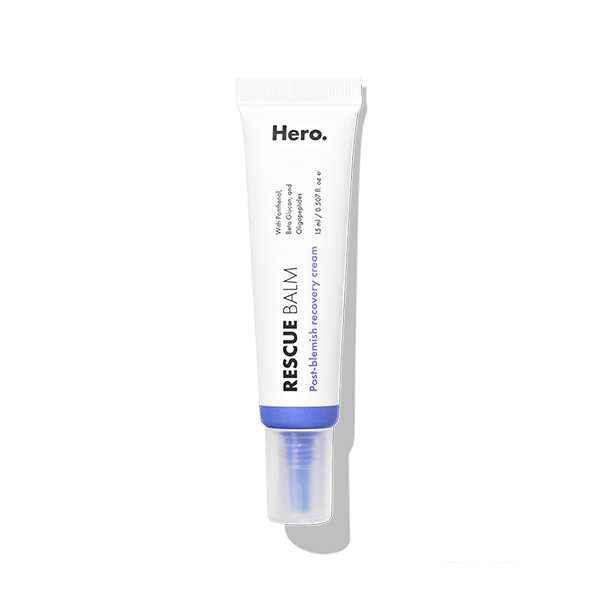
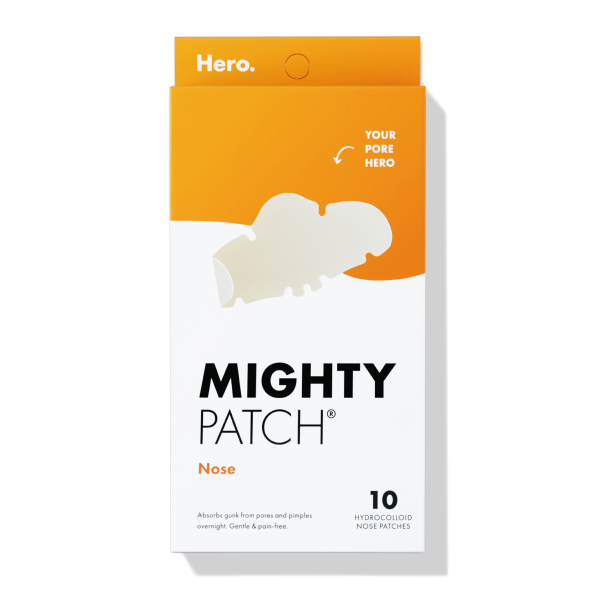
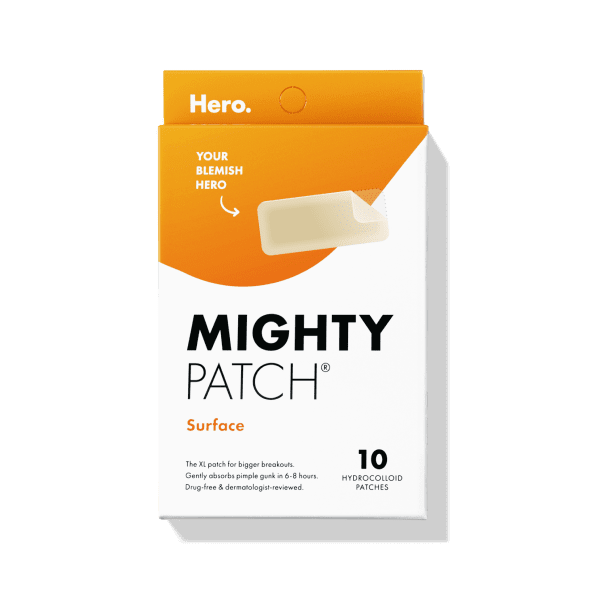

.png?v=0)
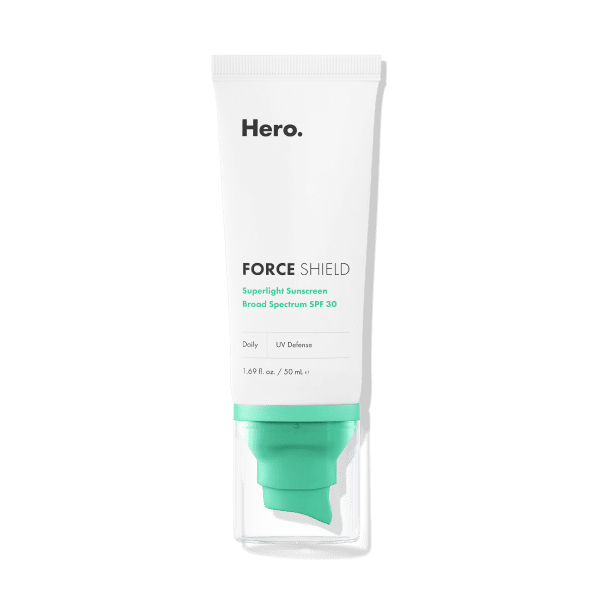

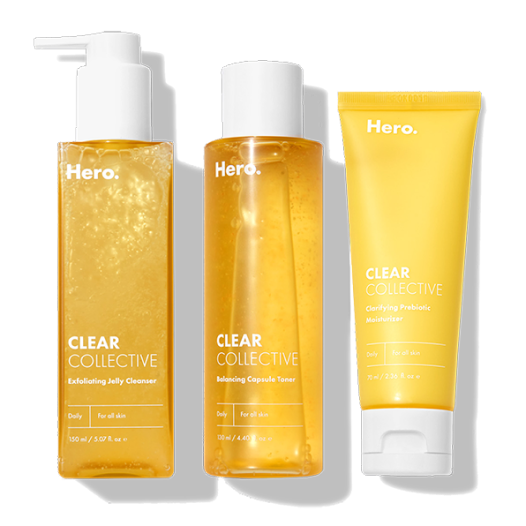



.png?v=1663017252122)


